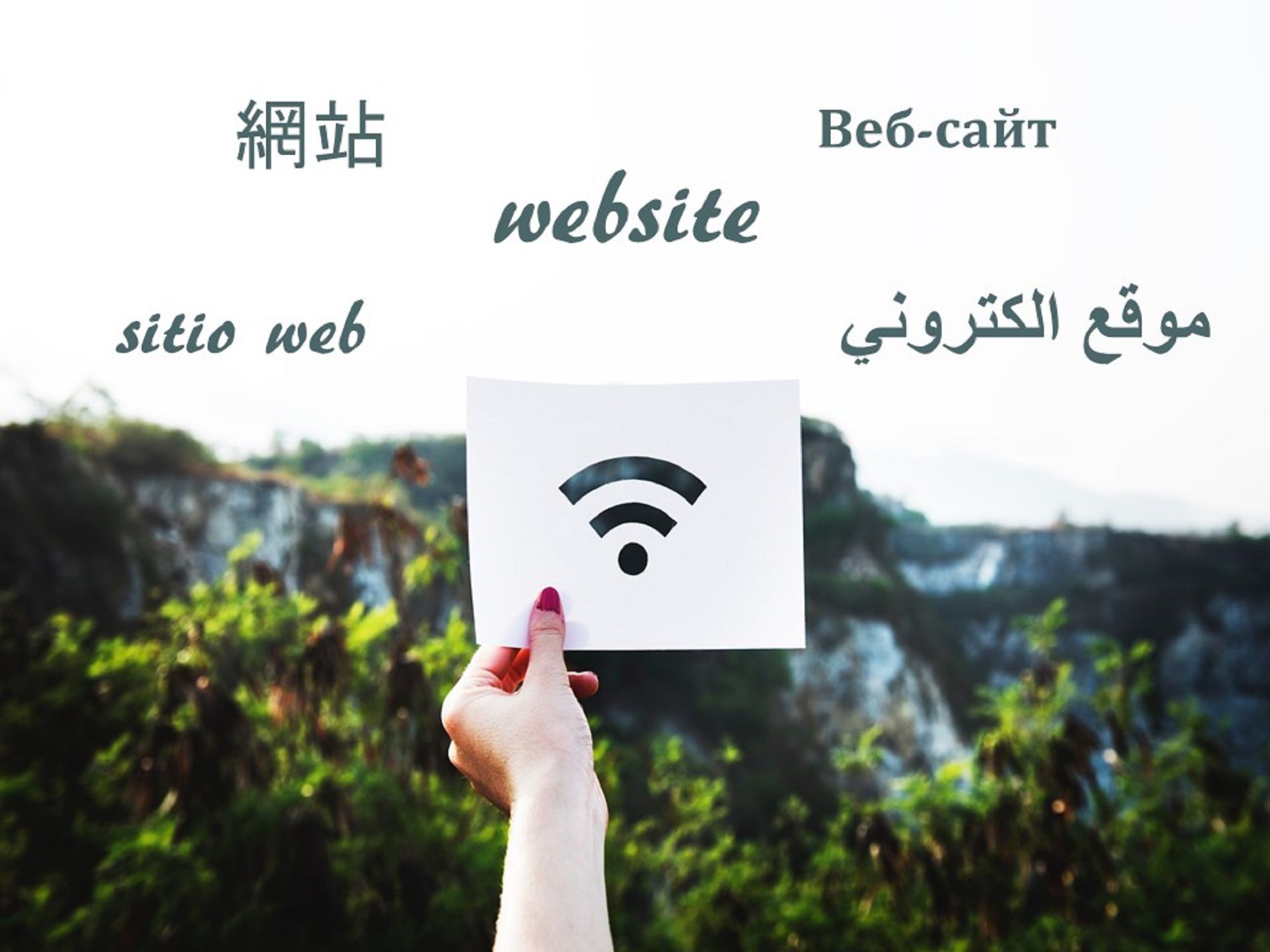Website Localization for International Expansion: Text Direction & Design

If your company is looking to expand internationally, one of the first major projects to tackle is the translation of the company website. This project is essential in order for your company to make a phenomenal impression when entering a new market.
Your target consumer’s language has a great deal to do with how you redesign your website for expansion. Here are some examples of what to consider when approaching your website localization project.
Text Direction
Have you ever thought about text direction? English is written in Latin script and is read from left-to-right (LTR), but many languages are written in a script that is read from right-to-left (RTL), or even top to bottom. And, if you are an American company, you already have your website designed for LTR readers.
For languages written in RTL script – like Arabic, Urdu, Farsi, and Hebrew – there are special considerations to take into account. Converting your LTR design to RTL cannot simply be mirrored. It takes experienced web developers to layout a visually pleasing and easy to use design for RTL reading consumers.
Many do not realize that images as well as text must be reversed to adhere to RTL rules. This includes any tables, calendars, or series of images (for example: visual digital how-to guide).
Some Asian languages like Chinese (Traditional, Simplified Chinese scripts), Japanese (Kanji, Hiragana, Katakana scripts), and Korean (Hangul, Hanja scripts) can be read from top-to-bottom or LTR. Note that it is becoming more common for businesses to display these languages LTR.
Non-Latin Scripts
Slavic languages like Russian, Ukrainian, and Bulgarian are read LTR, and use standard Cyrillic script. The Cyrillic script, like other non-Latin scripts, may be problematic if the language is not coded correctly on your website’s backend. The internet browser may recognize some characters but tries to replace unrecognized characters with familiar ones like rectangular boxes. It could also replace unrecognized characters with an image error messages.
If the language is not coded correctly, your target consumers will see these errors upon landing on your website, and you will LOSE SALES and CREDIBILITY.
Knowing the language of your target audience is vital, but going one step further by using the appropriate script your consumers prefer (depending on their country and region) goes above & beyond.
Partnering with a Language Services Provider will ensure the appropriate script is used for your target audience.
Font
Without realizing it, the font you chose for a non-Latin Script can have a big impact on your message. Let’s say a company uses the font “Chiller” for their entire English website:

What impact do you think this would have on the message?
Chiller is an extreme example, but the font you choose may evoke your target audience’s emotions in ways you never thought. A professional Language Services Provider can work with your marketing team to choose the font that’s right for you, your company’s message, and the values you stand for.
Language Service Providers
Your company’s website localization project is one of the most important aspects of expanding internationally. You must provide a comfortable and easy navigating experience for the consumer to be successful.
To ensure high quality translations, always partner with an experienced Language Services Provider. They will work with your web development team to deliver accurate translations and modify design aspects based on the target language.






